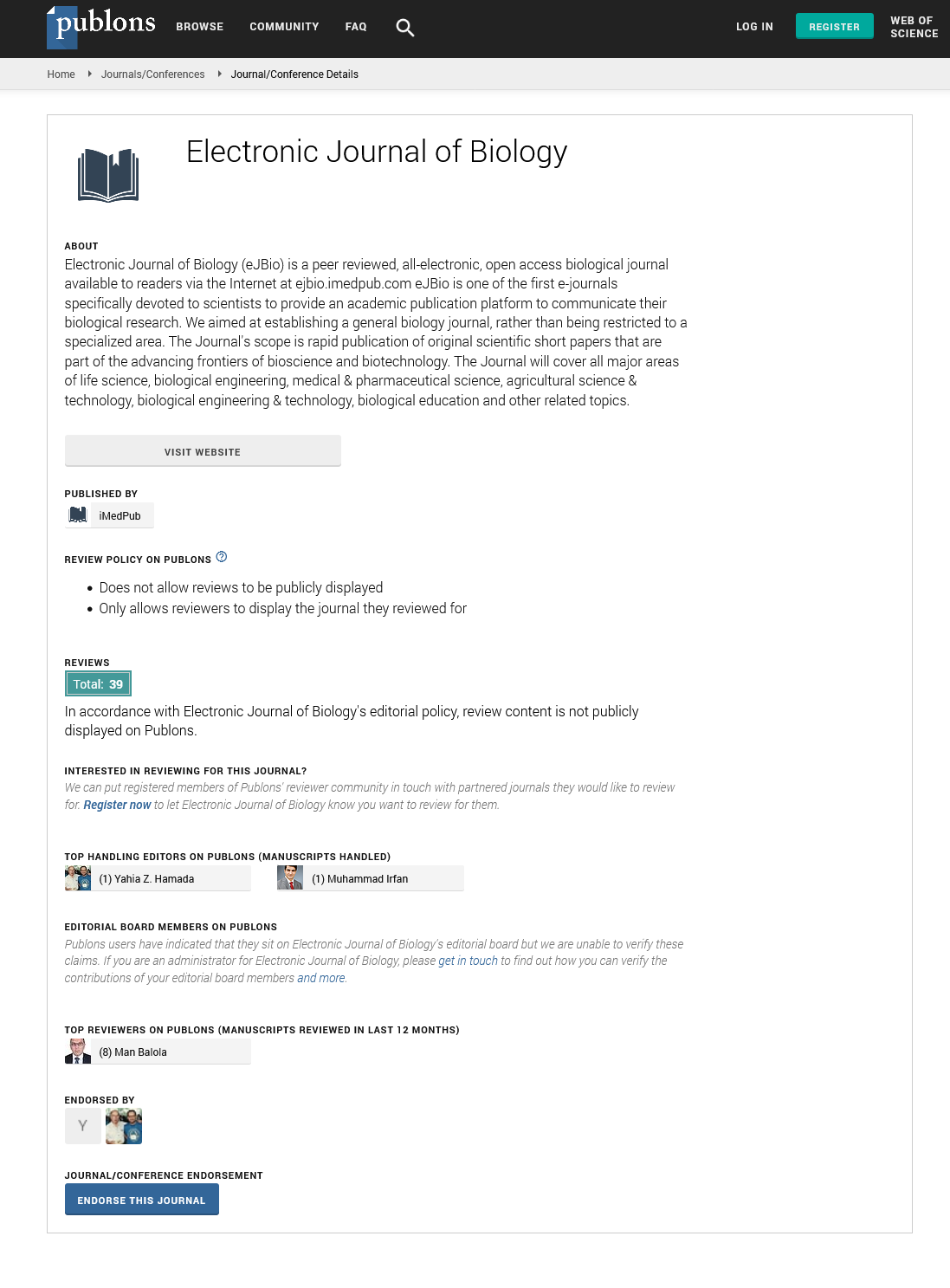Abstract
Effects of γ-Aminobutyric Acid on Performance, Antioxidative Status and Biochemical Indices of Lactating Sows in Hot Weather
This study was carried out to determine the effects of γ-aminobutyric acid on the reproductive performance, antioxidative status and biochemical indices of lactating sows. Forty-two lactating sows (Landrace×Large White) were blocked by body weight, parity and backfat and randomly assigned to 6 treatments: 0 (control), 100, 200, 300, 400 and 500 mg γ-aminobutyric acid /kg diet. The average temperature and relative humidity were 30.5°C and 79.47% at 8:00 am while 38.5°C and 73.55% at 15:00 pm respectively during the 21 lactation period. Litter size was standardized to10 to12 piglets within 2 days after farrowing. Sow feed intake was measured daily. On days 1 and 21 of lactation, sow backfat and piglet weight were recorded, milk yield was measured by the weigh-suckle-weigh method, and milk and blood samples were collected for chemical analysis. The results showed that supplementation of 300 mg and 400 mg γ-aminobutyric acid/kg diet improved (P<0.05) sow feed consumption and milk output when compared with the control. Addition of 200 to 500 mg γ-aminobutyric acid/kg diet increased (P<0.05) litter weight gain. However, no significant differences (P>0.05) in sow backfat loss during lactation, weaning to estrus interval, piglet survival rate and diarrhea index among treatments were observed in this trial. Milk contents of lactose, butterfat, milk protein, total solids and non-fat solids were generally similar (P>0.05) among treatments. The results also indicated that γ-aminobutyric acid improved the antioxidative status of sows in lactation. Addition of 300 to 500 mg γ-aminobutyric acid/kg diet led to an increase in serum levels of superoxide dismutase (SOD) and glutathione peroxidase (GSHPx) and a decrease of malondialdehyde (MDA) content in serum (P<0.05) compared with the control. Moreover, 200 to 500 mg/kg γ-aminobutyric acid generally decreased (P < 0.05) the serum contents of alanine aminotransferase (ALT), aspartate aminotransferase (AST), phosphokinase (CK) and lactate dehydrogenase (LDH). In conclusion, our data indicated that γ-aminobutyric acid improved, in a dose-dependent manner, reproductive performance, antioxidative status and biochemical indices of multiparious lactating sows in hot weather.
Author(s):
Zhiyong Fan, Ming Zhang, Lixiang Chen, Chunyan Xie
Abstract | Full-Text | PDF
Share this

Google scholar citation report
Citations : 5001
Electronic Journal of Biology received 5001 citations as per google scholar report
Electronic Journal of Biology peer review process verified at publons
Abstracted/Indexed in
- Google Scholar
- China National Knowledge Infrastructure (CNKI)
- CiteFactor
- Electronic Journals Library
- Zoological Records
- WorldCat
- Proquest Summons
- Publons
- MIAR
- Openaccessarticles.com
- Secret Search Engine Labs
Open Access Journals
- Aquaculture & Veterinary Science
- Chemistry & Chemical Sciences
- Clinical Sciences
- Engineering
- General Science
- Genetics & Molecular Biology
- Health Care & Nursing
- Immunology & Microbiology
- Materials Science
- Mathematics & Physics
- Medical Sciences
- Neurology & Psychiatry
- Oncology & Cancer Science
- Pharmaceutical Sciences


